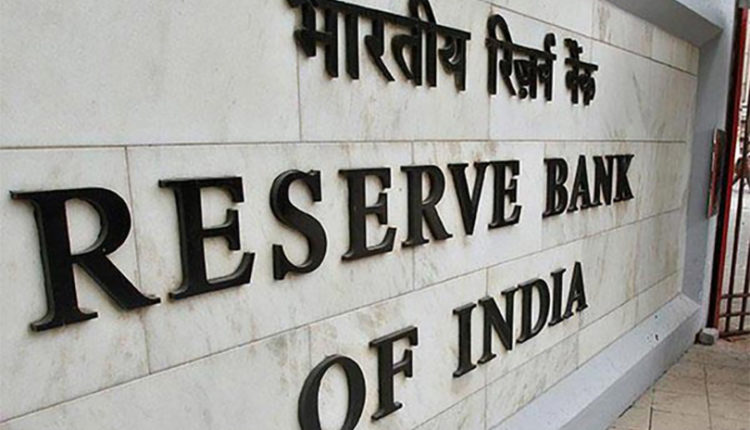RBI’s Rs. 1.76 Trillion Surplus Transfer to Marginally Extenuate Pressure on Government Finances : Ind-Ra
The Rs.1.76 trillion surplus transfer by the Reserve Bank of India (RBI) to the central government is likely to provide some respite to the centre’s finances; however, a major portion of this amount is likely to be utilised in meeting revenue receipt shortfalls emanating from the weakening economic conditions, said Credit Rating and Research Agency India Ratings (Ind-Ra).
In absence of this transfer, the government would have had to make a trade-off between curtailing government expenditure (below budget estimates) and overshooting its fiscal deficit target. Additionally, curtailing of expenditure in a scenario of weakening growth prospects, resulting from lacklustre private sector capex and slowing consumption could engender a vicious cycle in the economy.
The agency believes that the additional surplus transfer of INR0.58 trillion (INR0.28 transferred in FY19 itself) over and above the INR0.90 trillion budgeted in the Union budget FY20 is unlikely to meaningfully augment the union government’s ability to ramp up expenditure without undermining its fiscal consolidation roadmap.
Impact on Market Liquidity: The surplus in banking system liquidity (approximately INR1 trillion) has been driven by the RBI’s continued open market operations (OMO), aggregating INR3.50 trillion in the 12 months ended July 2019, the forex swap window, which brought in approximately INR700 billion of foreign capital (USD10 billion), and modest utilisation of Ways & Means Advance balances by the government. With this large transfer, the agency believes that the likelihood of large OMO purchases by the RBI has mostly been neutralised, subject to balance of payment conditions.
Impact on Market Interest Rates: The additional surplus transfer of INR0.58 trillion is likely to alleviate concerns related to extra borrowings by the government for tackling shortfalls in direct and indirect tax receipts. Nonetheless, the issuances of government securities (G-Sec) are likely to continue in line with the government’s borrowing calendar. The agency believes that continued contraction in domestic and foreign institutional appetite, coupled with a reduced likelihood of large OMO purchases, could put pressure on the G-Sec yields over the medium term. However, the availability of further headroom to reduce the repo rate could serve as an extenuating factor and mitigate some of the pressure on the yields. Ind-Ra expects the yield on 10year G-Secs to range between 6.10-6.20% at FYE20.
Large Transfer Likely to be One-Time Event: The large quantum of transfer was made possible on the back of sharp rise in seigniorage income caused by remonetisation. As the net liquidity injection under the liquidity adjustment facility continued in FY19 and the credit offtake remains weak, the banking system continues to see surplus liquidity. Therefore, while the RBI is likely to have sustained its earning from seiniorage income in FY19, the growth will come down incrementally. Furthermore, with the contingency fund reserve at around 5.5% of the total assets of the RBI, the central bank could be expected to appropriate its net income towards the fund in order to maintain the fund’s corpus at least at the current level.
Transfer Unlikely to Stimulate Inflation: Ind-Ra believes the large transfer is unlikely to translate into higher inflation expectation. The transfer of money from the central bank to the government results in the creation of base money (M0), which is different from the printing of currency notes. Inflation is a secondary effect of higher government spending, which increases transactional demand for money. The RBI, therefore, in such cases needs to print money to facilitate the natural demand for currency. Moreover, the scope for inflation in the short term, due to a rise in money supply, is mostly caused by overheating in the credit market and its knock-on effect on aggregate demand. Considering the general aversion to risk being displayed by both borrowers and lenders, the scope of the aforementioned inflationary risks seems limited.

